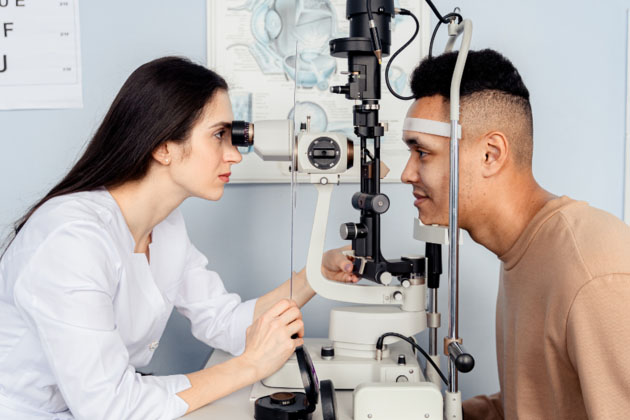When time or money feel tight, you might feel tempted to skimp on vision care — especially if your eyes aren’t bothering you and your vision seems fine. But without regular, comprehensive eye exams, you’ll miss the opportunity for early detection and treatment of eye problems and broader health problems, including diabetes, high blood pressure and blood clots.
Children and seniors should get a comprehensive eye exam annually from a doctor of optometry or an ophthalmologist, while adults younger than 65 should get an exam every other year (or every year if you wear contacts), according to the American Optometric Association. Everyday activities are easier, safer and more enjoyable when you can see clearly.
Here are six ways to make sure cost doesn’t keep you from enjoying good vision and eye health:
- Discount providers. Even without insurance, you can get a comprehensive eye exam by an optometrist for $60 to $120 at some major retailers.
- Free clinics. If you don’t have insurance for eye exams, you may be eligible for a free ophthalmological exam every three years through EyeCare America.
- FSA funds. If you contribute to a flexible spending account through work, you can save money by paying for vision care with pretax dollars.
- Insurance. Your medical insurance may cover an annual vision exam after your deductible and coinsurance are met. Look for in-network providers to save money.
- Vision discount plans. Get annual discounts on glasses or contacts (not both) when you shop with network providers. But plan costs may exceed the benefits you use, and non-network providers may have lower prices.
- Buy glasses online. If you know the three-number measurement for frames you like, use it to find similarly sized frames from discounted online providers.
We’re here to help you understand your vision benefits or get coverage. Get in touch anytime.

